 |
| Duc Xuan ward youth union members guide people to use payment applications on smartphones. |
At markets, grocery stores, fruit, vegetable, food and beverage stalls, whether large or small, customers can scan QR codes to pay, very convenient and fast.
Mr. Hua Duc Huyen, Na Ri commune, bought a few bunches of vegetables at the wholesale market, the total payment amount was more than 30 thousand VND, he just needed to open the banking application and scan the QR code, the payment was completed. "For the past few years, wherever I go to buy things, I just need to bring my smartphone and scan the QR code to pay, very convenient" - Mr. Hua Duc Huyen shared.
Mr. Hoang Van Phja, Phu Thong commune, just bought a smartphone and was instructed by his children on how to pay his electricity bill via an app. From then on, he did not have to go to the collection point to pay, but only needed a few operations on the phone to complete the payment, without wasting time traveling. When he needed to top up his phone, he opened the banking app and loaded money. The procedure was quick and easy.
Mr. Hoang Van Phja shared: He is old so at first he found it difficult. After being guided by his children, writing the password on paper and doing it a few times, he gradually got used to it, now he can remember the password and knows how to pay by phone.
The story of Mr. Huyen or Mr. Phja is no longer unique. Many people in rural areas have started using e-wallets and digital banks to pay for electricity, water, and school fees for their children, even to shop online and transfer money to relatives working far away.
However, for a segment of the population, especially the middle-aged and elderly, cashless payment habits still face many difficulties due to limitations in digital skills and technology.
To narrow that gap, the authorities of communes and wards in Thai Nguyen have actively deployed the dissemination of digital skills to residential groups and residential areas. Mainly training and equipping knowledge from how to install applications, manage personal finances or make cashless payments.
Along with that, youth forces and socio- political organizations went to markets and households to guide them in opening digital bank accounts, creating and using QR codes for payment.
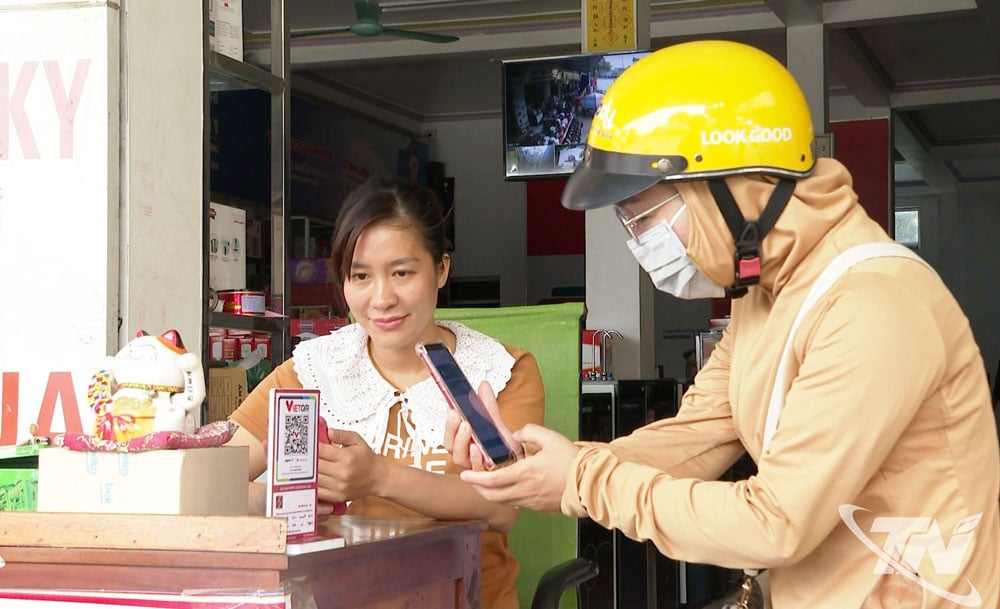 |
| People use digital applications to make cashless payments, ensuring convenience and speed (photo taken in Na Ri commune). |
Not only the community and the government, banks and telecommunications businesses have joined in with support programs such as: Installing applications, guiding the linking of chip-embedded ID cards with e-wallets, free account registration, applying cashback promotions when paying bills via digital banks or payment applications.
These solutions gradually change people's cashless payment habits. Many older vendors have accounts and know how to use their phones to receive money transfers from customers.
“Nowadays, people rarely carry cash, whether they buy a lot or a little, they ask for a QR code to transfer money. That’s why I made a QR code to make it easier for buyers to pay. If I didn’t have one, it would be difficult to sell,” said Ms. Vi Thi Luyen in Bac Kan ward.
Simple, easy-to-use cashless payment solutions, along with incentives from e-wallets and digital banks, have created conditions for people to access services more quickly, economically and transparently. Currently, the rate of customers paying electricity bills through bank accounts and electronic payment channels is over 94%, water bills are about 83%. In addition, people also pay tuition, hospital fees, salaries, social security, social insurance and many other services through banks and electronic payment channels.
Mr. Ha Van Huan, Vice Chairman of the People's Committee of Con Minh Commune, said: The community digital technology team at the commune and village levels has stepped up guidance for people on how to use digital applications, especially non-cash payment methods. In addition, people are instructed on how to secure their accounts, set strong passwords, identify online scams, etc. to feel secure when using digital applications.
The journey of cashless payments from the city to the countryside is not only a story of technology, but also a testament to the change in thinking, habits and approaches to modern life. Every rural person knows how to scan QR codes and use digital applications, that is when the digital revolution enters sustainable daily life.
Source: https://baothainguyen.vn/xa-hoi/202508/thanh-toan-khong-dung-tien-mat-hanh-trinh-tu-pho-ve-que-2b26139/






![[Photo] "Ship graveyard" on Xuan Dai Bay](https://vphoto.vietnam.vn/thumb/1200x675/vietnam/resource/IMAGE/2025/11/08/1762577162805_ndo_br_tb5-jpg.webp)

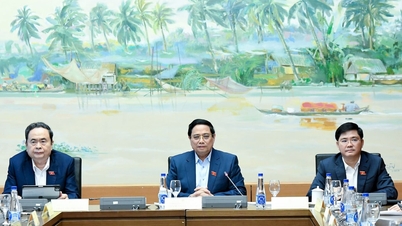





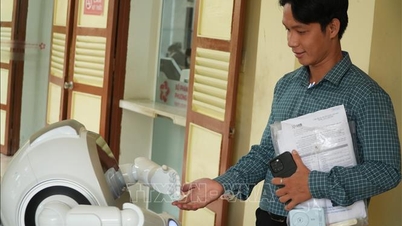
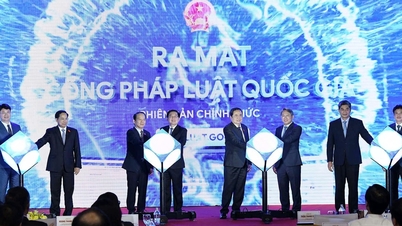






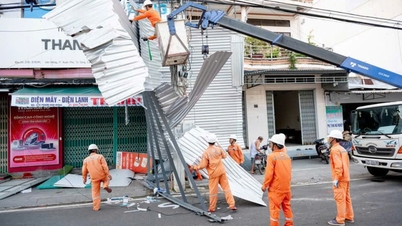

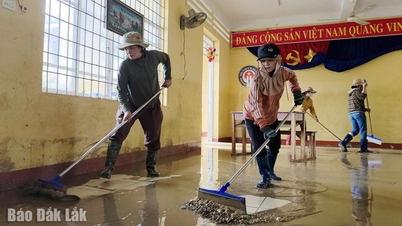

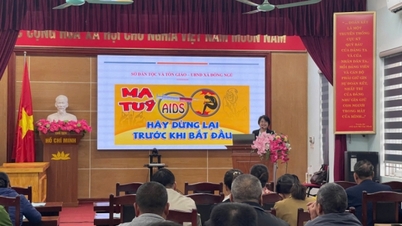






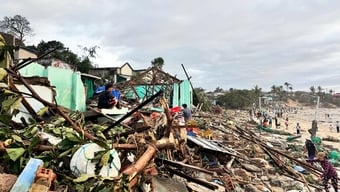

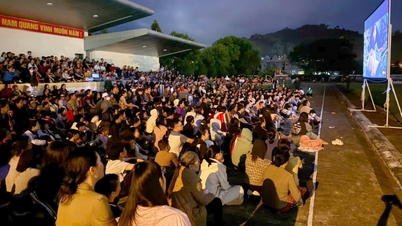
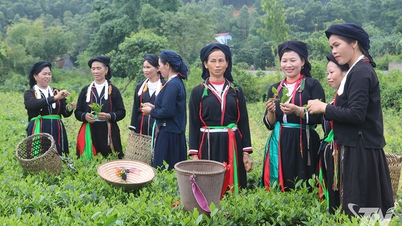
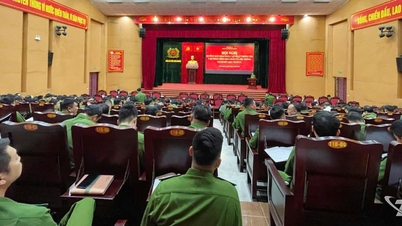





![[Video] Hue Monuments reopen to welcome visitors](https://vphoto.vietnam.vn/thumb/402x226/vietnam/resource/IMAGE/2025/11/05/1762301089171_dung01-05-43-09still013-jpg.webp)



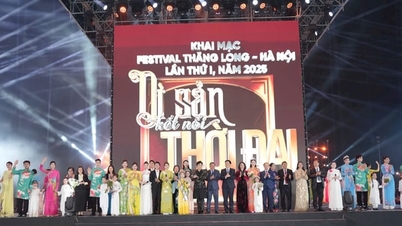



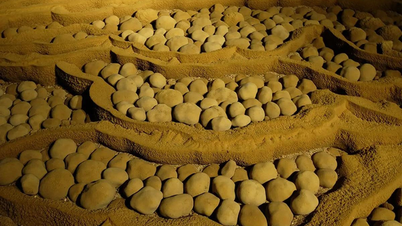







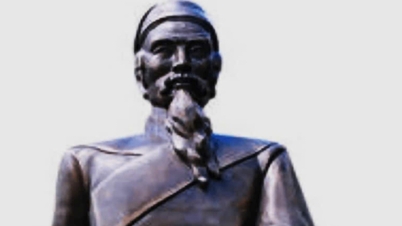






















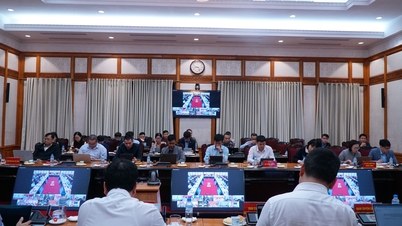

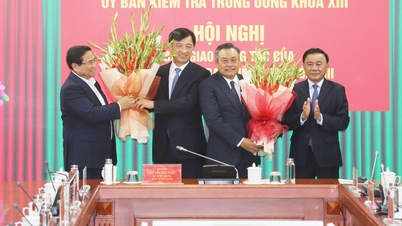

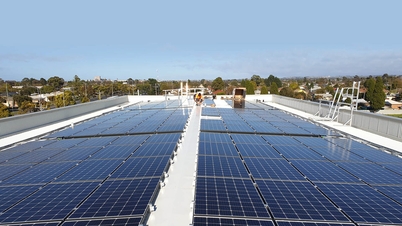


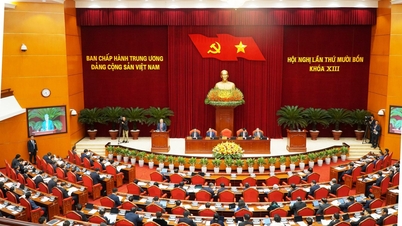
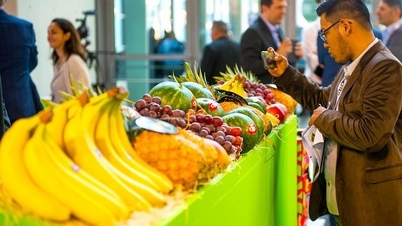
























Comment (0)